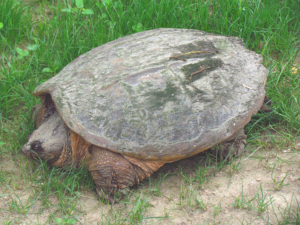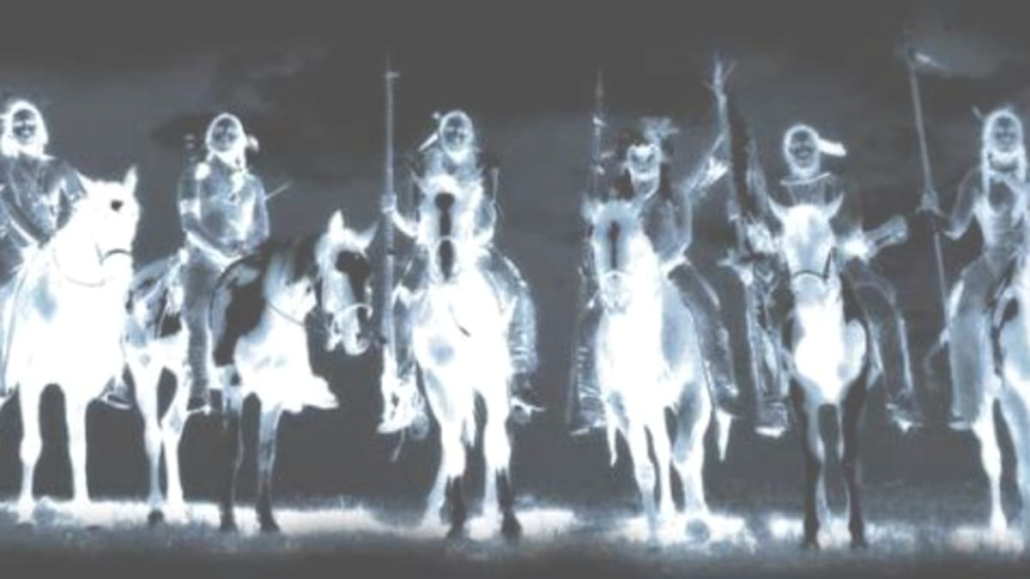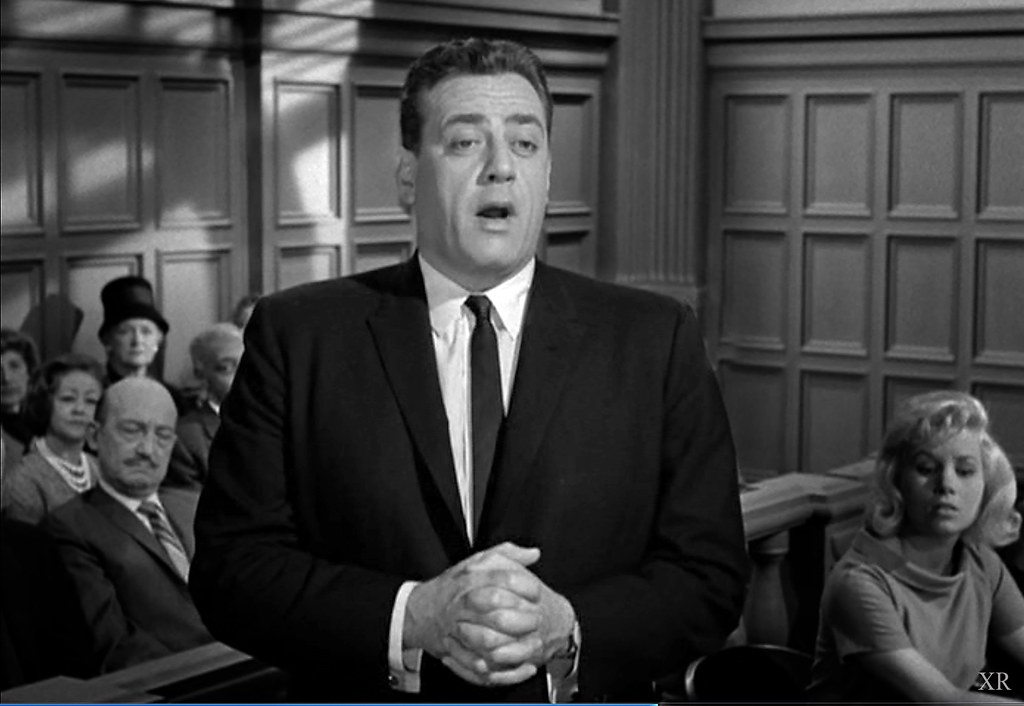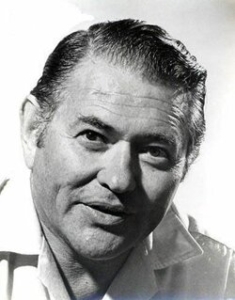I’M JUST CURIOUS: “Bless your heart”
 by Debbie Walker
by Debbie Walker
I decided to have some fun tonight. I get curious about “sayings”. I am going to share some southern sayings. When I moved to Florida one of my treats was hearing these sayings. How about:
My favorite is: In the south you can say anything about anybody as long as you follow it with “bless his heart”. “That is the ugliest baby I’ve ever seen, bless his heart.” “She needs to do something with that hair, bless her heart.” Following an elder on the highway driving 30 miles an hour you can cuss and then just cover it with “Bless his/her heart.
“Do you know the difference between a conniption fit and a hissy fit?” None. Just pray you are not the one who caused it!
“I brought you into this world and I can take you out and make another one just like you!”
“Over yonder a piece” is not very far but “Way over yonder” is a far piece.
“A truth comes naked, a lie has to wear it’s pants.”
Southern babies know that “Gimme some sugar” is not a request for the white granulated sweet substance on the table.
A southerner knows that “fixin” is used instead of “getting ready to” any particular thing. A southerner is “fixin’ to do something.”
When a southern mama says, “Don’t ugly your sister” it has nothing to do with physical appearance.
Southern mamas are good at “slap” threatening. “I’ll slap your face off”. Or “I’ll slap you so far down in your shoes you can’t see daylight” or “I’ll slap a knot on your head.”
“If his lips are movin’, he’s lyin!” One lady I know used to say about her brother, “If he has a choice between standing flat footed on the ground or climbing that big pine tree and lying, he’ll climb that tree every time!”
“If that boy had an idea, it would die of loneliness”.
“He’s so dumb; he could throw himself on the ground and miss”!
“Well, butter my butt and call me a biscuit”!
“Keep it up and I’ll cancel your birth certificate!”
“He fell out of the ugly tree and hit every branch on the way down”.
“I’m so hungry my belly thinks my throats been cut.”
“Well, aren’t you precious”.
Oh yeah, this is a favorite of mine. I found out when I moved south that the south was still fighting the Civil War! I had never heard the term YANKEE as much as when I moved down here. They let me know that there was a Yankee and a damn Yankee. A Yankee was a northerner visiting the south. I was a Damn Yankee because I moved here!
I’m just curious if there are Northern “sayins” to compete with these. Contact me at DebbieWalker@townline.org and “Bless your heart” for reading once again.










 (NAPSI)—If your family is like most, you’ve spent months preparing for the joys and challenges that arise with the arrival of a new baby—and if your family is like many, you’ve discovered not everything can be planned.
(NAPSI)—If your family is like most, you’ve spent months preparing for the joys and challenges that arise with the arrival of a new baby—and if your family is like many, you’ve discovered not everything can be planned.



